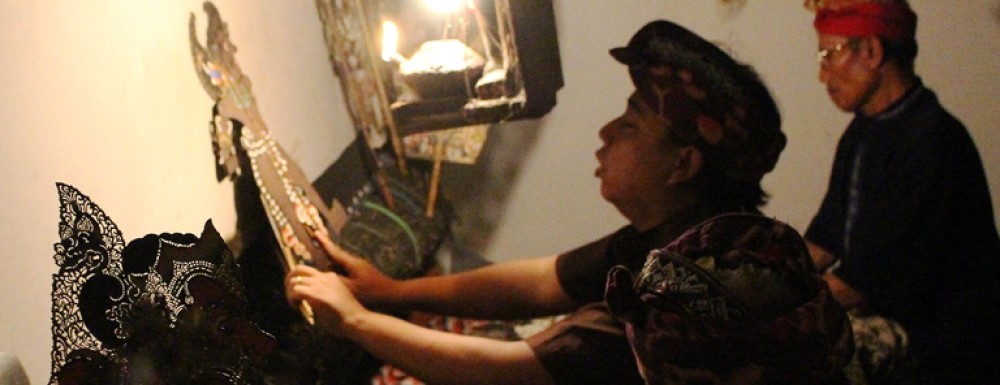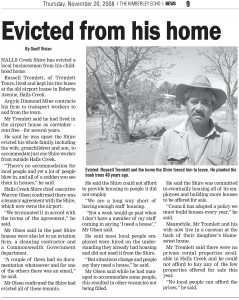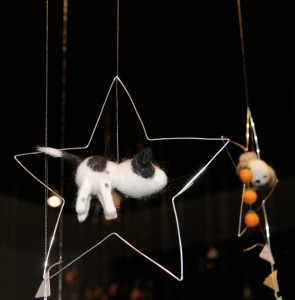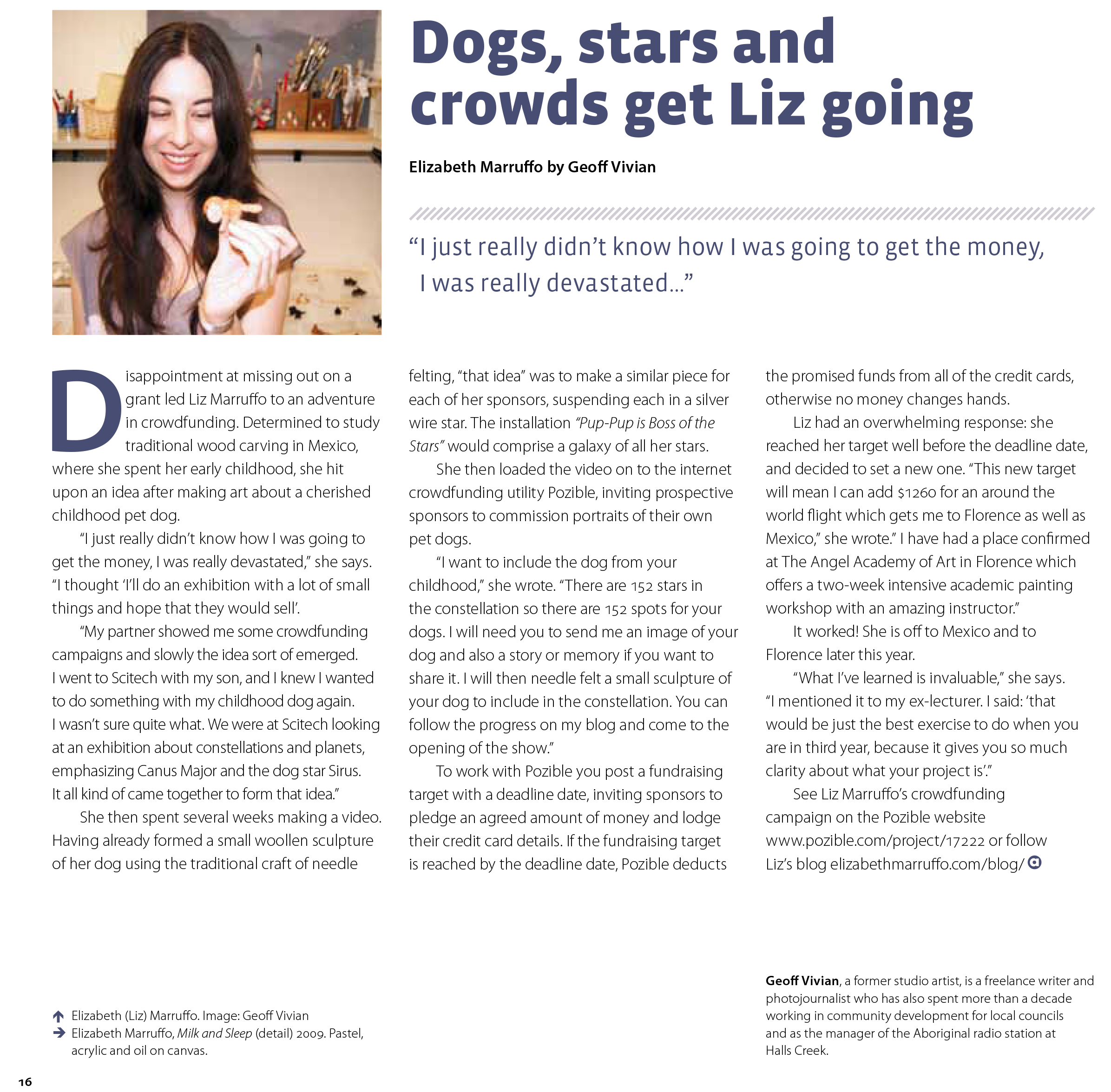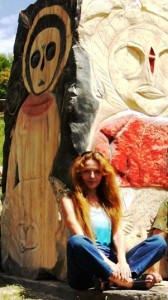The Kimberley Echo
Text and picture by GEOFF VIVIAN
Halls Creek has not had enough houses for a long time.
Many people live in caravans at workplaces and parked in other people’s driveways.
Halls Creek Shire had fallen into the practice of renting houses out to services it wanted to attract to the town.
Unfortunately this meant it was unable to fill important vacancies of its own when there was nowhere for outside applicants to live.
The shire evicted Russell Tremlett when it needed the house he was in for a new staff member.
From The Kimberley Echo
